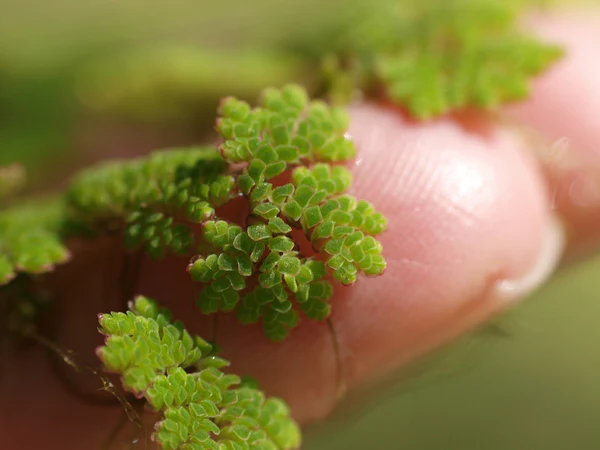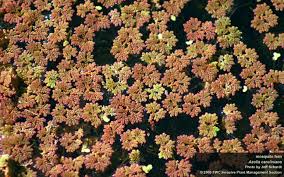How To Grow Azolla

When training farmers on how to grow azolla in Kenya using Grekkon Limited’s dam liners, and shade nets, the company offers a detailed session to farmers as documented in this article. Azolla pinnata is the most common variety grown in Kenya
What is Azolla?
Azolla, belonging to the Salvinaceae family is a fresh water aquatic plant. It is a nitrogen fixing, branched free-floating fern also referred to as duckweed, mosquito fern or water fern. Its most popular characteristic is its ability to exponentially grow by doubling its biomass every 3 days depending on the growing conditions. This is why it is regarded as a super plant. Some refer to it as the green gold mine due to its high nutritive value

Azolla growing in troughs made of dam liner material, and under a green shade net – materials supplied by Grekkon Limited
Benefits of azolla
- it is a green manure because of its nitrogen fixing property
- it reduces weeds
- soil organic carbon is increased which in turn microbial biomass in the soil
- as a livestock feed, its is an economical way of providing affrodable high protein, essential amino acids, and vitamins (A, B12, Beta Carotene) to animals
How to grow azolla in Kenya
Nutrition Requirements
i .Light: Azolla grows well under partial shade. Growth decreases quickly under heavy shade (lower than 1,500 lux) and more than 50% of full sunlight reduces photosynthesis. This is why a shade net cover is necessary where sunlight is intense. It causes it to turn reddish brown, which reduces the nutrient value
ii. Nutrition: for vigorous production, add 20kgs per Ha of phosphorous. Cow dung slurry, and super phospahte fertiliser provides this
iii. Relative humidity : high at 80 – 90 %
iv. Growing PH: lightly acidic media at : 5.2-5.8
v. Temperature: keep it below 25 degrees centigrade for a luxurious growth. Where it exceeds this, provide a shade net cover
vi. Water: fresh water 10-15 cm in the multiplication pond, adequate water level in the pond is 4 inches
Steps on how to grow azolla
- select a pond site in a cool shaded location. Shade minimises evaporation, and encourages rapid growth. Ensure that that the pond site is close to a water source. To produce 1kg of azolla daily, the pond will be 2M (L) x 1.5M (W) x 0.15M (D) in dimension
- line the pond using a dam liner to prevent water loss through seepage into the soil
- add soil mixed with cow dung in the pond. Slurry can also be used. These are mixed with water and spread uniformly in the pond
- add 1kg of azolla culture

A simple azolla growing trough
How to grow azolla
Maintainance
- add 20g of super phosphate mixed with 1kg cow dung every 5 days to keep it’s growth vigorous
- replace the azolla crop after 6 months
- harvest the crop after 15 days by hand or a plastic scoop, then every 3 days afterwards to avoid overcrowding, and maintaining a large biomass. With good feeding, the yield is 1.5kgs – 1.6kgs every 3 days
- clean it thoroughly to remove the cow dung smell
- dry it or feed it fresh to livestock. It can also be mixed with other animal feeds

Azolla harvesting by hand

Harvested azolla in plastic containers
How to Grow Azolla
FAQs
1. How profitable is azolla farming in Kenya?
Azolla farming is profitable beacuse of its many uses. It can be grown commercially as;
- livstock feed
- a bio fertiliser
- as propagation material to sell to other farmers seeking to set up azolla growing units
2. What is azolla used for?
As a nitrogenous fertliser, and as an animal feed. It is easily digestible because of its high protein and low lignin content. It increases feed efficiency, daily anaimal weight gain, and milk production by 15% – 20%
3. Why is my azolla turning black?
It first turns brown due to too much exposure to sunlight, high temperatures, lack of nutrients in the pond or fungal / bacterial diseases. Eventually, the crop dies
4. Can azolla survive without sunlight?
No. This is important to note when fixing a shade net over it
5. What are the negative effects of azolla?
Azolla shades out other water plants, killing them together with fish and other aquatic animals. Its decay creates a strong odour which affects fish and other aquatic animals
6. What are the limitations of azolla?
It cannot grow in a waterless environment
7. Does azolla repel mosquitoes?
Yes it does by over 95%
8. Does azolla increase eggs production in chicken?
Yes it does because it provides protein, that adds weight to the bird

An azolla crop turning brown
